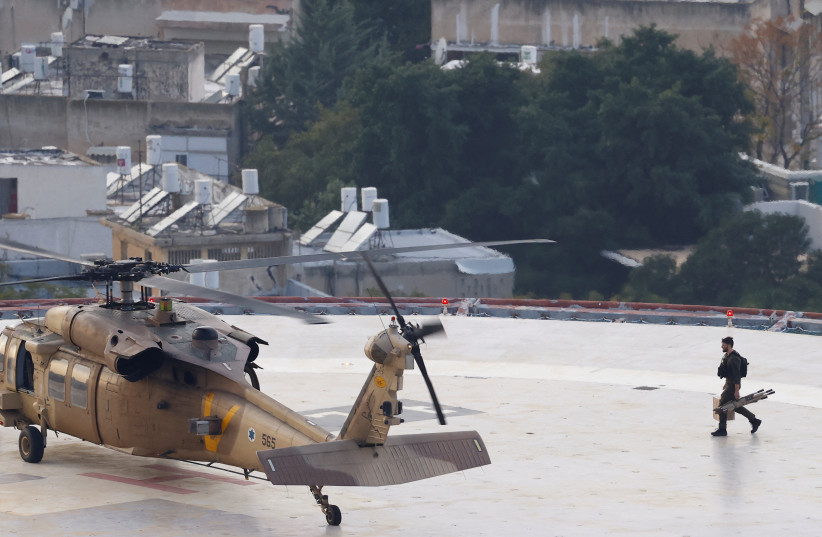The Defense Ministry announced on Wednesday that more than 5,500 IDF soldiers have been wounded during the ongoing war since October 7.
In addition, the ministry said that around 20,000 are expected to be injured in 2024 and that it is making preparations for managing an increased influx of wounded soldiers in terms of providing financial and emotional assistance.
There are around 62,000 injured soldiers being assisted by the ministry from all prior wars, such that an influx of 25,000 in only slightly more than a year will radically change the picture of the ministry’s work on the issue.
In order to cope with the extreme increase in the volume of wounded soldier cases, the ministry has suspended a committee that normally does a more serious vetting of applications (and often disqualifies many or at least delays acceptance) for at least a year.
During this emergency period, files are expected to be processed within only one week (80% already are), whereas in the past it could have taken many weeks, months, or even longer.
Also, each soldier has an individual representative he or she can call directly by cellphone to ensure the file is not lost in red tape and bureaucracy.

Care for soldiers with PTSD
The ministry also said it has opened up much larger services for post-traumatic stress disorder.
Forty-six percent of those wounded are reservists between the ages of 21 and 30; 36% are between 31 and 40; and 18% are over 40.
Seventy percent of the total are reservists; 7% are career officers; 10% are mandatory service soldiers; and 13% are from the police or other security forces.
The largest group of wounded comes from Tel Aviv, followed by Jerusalem, Beersheba, and Ashkelon.
Despite the progress, anecdotal evidence has given the ministry more of a mixed review. The new, streamlined procedures are sometimes said to be working very well but some major gaps still exist in some cases.
